 The Lantern of Lost Memories by Sanaka Hiiragi, Jesse Kirkwood
The Lantern of Lost Memories by Sanaka Hiiragi, Jesse Kirkwood Format: eARC
Source: supplied by publisher via NetGalley
Formats available: hardcover, paperback, ebook, audiobook
Genres: literary fiction, magical realism, world literature
Pages: 208
Published by Grand Central Publishing on September 17, 2024
Purchasing Info: Author's Website, Publisher's Website, Amazon, Barnes & Noble, Kobo, Bookshop.org, Better World Books
Goodreads
From acclaimed Japanese author Sanaka Hiigari comes a heartwarming, life-affirming novel about a magical photo studio, where people go after they die to view key moments from their life—and relive one precious memory before they pass into the afterlife.
The hands and pendulum of the old wooden clock on the wall were motionless. Hirasaka cocked his head to listen, but the silence inside the photo studio was almost deafening. His leather shoes sank softly into the aging red carpet as he strode over to the arrangement of flowers on the counter and carefully adjusted the angle of the petals...
This is the story of the peculiar and magical photo studio owned by Mr. Hirasaki, a collector of antique cameras. In the dimly lit interior, a paper background is pulled down in front of a wall, and in front of it stands a single, luxurious chair with an armrest on one side. On a stand is a large bellows camera. On the left is the main studio; photos can also be taken in the courtyard.
Beyond its straightforward interior, however, is a secret. The studio is, in fact, the door to the afterlife, the place between life and death where those who have departed have a chance—one last time—to see their entire life flash before their eyes via Mr. Hirasaki's "spinning lantern of memories."
We meet Hatsue, a ninety-two year old woman who worked as a nursery teacher, the rowdy Waniguchi, a yakuza overseer in his life who is also capable of great compassion, and finally Mitsuru, a young girl who has died tragically young at the hands of abusive parents.
Sorting through the many photos of their lives, Mr. Hirasaki also offers guests one guests a second a chance to travel back in time to take a photo of one particular moment in their lives that they wish to cherish in a special way.
Full of charm and whimsy, The Lantern of Lost Memories will sweep you away to a world of nostalgia, laughter, and love.
My Review:
If it’s true that your life passes before your eyes when you die, then The Lantern of Lost Memories is the story of how that precious reel of memories gets made – and more importantly, what that reel is made OF.
Mr. Hirasaki is the proprietor of a very special photo studio, a waystation on the journey between life and whatever comes after. Unlike the people who visit him, Mr. Hirasaki doesn’t remember who he was before he died. He also doesn’t know what comes after, because he’s stuck at his shop. It’s possible that he’ll move on someday, but he’s not eager to move on – at least not yet.
He’s still hoping that someone will come along who knew him in life, and can fill in the blank pages of his own memory. While he’s waiting, he helps others fill in theirs.
The story here is made up of three stories that interconnect – even if the individuals who have arrived at Mr. Hirasaki’s shop are not aware of it as they pass through. And neither is he.
From 92-year-old nursery teacher Hatsue, to the 47-year-old yakuza supervisor Waniguchi, to young Mitsuru, the process is the same. Just before each of his clients arrives, Mr. Hirasaki receives a shipment of photographs from the client’s life, one bundle for each year.
Needless to say, Hatsue’s box is considerably heavier than the others – but that’s as it should be.
For each person, the job is for the client to go through the photos and choose one picture from each year of their lives to represent that year. From those photos, the proprietor creates a lantern, perhaps a bit like an old fashioned zoetrope, and certainly a work of art.
The key part of each story isn’t the lantern – it’s the process of creation and the memory that goes into it. Each of the adults has one picture, an often referred to and much-loved picture – that is faded and worn because it’s been handled so often, even if just in memory. To refresh that one, precious photo, Mr. Hirasaki takes them back to the day it was taken, and spends 24 hours there with them where they can observe but not interact, refresh the photo, and tell him all about the specific memory, the day it happened, and the life that was wrapped around it.
None of which exactly works for the very young, abused to the point of absolute fear and almost complete silence, Mitsuru. It shouldn’t be her time to pass through his shop. But no one should have to go back to the situation she has only temporarily escaped from.
Which brings the story back around, full-circle, to the place it began, with Mr. Hirasaki, his shop of memories, and the reason he has none himself.
Escape Rating B: I’ve been making my way through a whole series of books very much like this one. They follow a similar pattern in which the location is magical or magic-adjacent, the function of that place allows for a semi-detached proprietor to serve a variety of people whose stories function as a series of vignettes within an overarching theme. Some of those stories have happy endings, but the overall tone is often bittersweet, as those vignettes are little slices of life – and not all lives are happy ones.
 On a kind of magical realism spectrum, The Lantern of Lost Memories is closest to The Dallergut Dream Department Store and Water Moon, where the location is fully magical and adjacent to the real world but not part of it. A place that can only be found if all the circumstances are met, and if it needs you as much as you need it.
On a kind of magical realism spectrum, The Lantern of Lost Memories is closest to The Dallergut Dream Department Store and Water Moon, where the location is fully magical and adjacent to the real world but not part of it. A place that can only be found if all the circumstances are met, and if it needs you as much as you need it.
Before the Coffee Gets Cold and The Full Moon Coffee Shop take place in locations where there is a bit of magic but are fully a part of the ‘real world’, while What You are Looking For Is In the Library and The Kamogawa Food Detectives are fully ‘real’ and easy enough to find and yet, something magical happens out of their very normalcy.
As I said, I’ve been reading books like this a lot this year, and I have more coming. They are all very much hot cocoa, warm fuzzy blankets and warm purring cat kind of books. Not too long, not too short and just right all the way around.
This one tripped me up just a bit, as I was looking for that interconnectedness and wasn’t in the least sure that I found it – not until the very end. It helps to make this story make more sense if, as part of one’s willing suspension of disbelief, the reader also sets aside the idea that time is linear – because that may be our reality but isn’t what’s happening here.
In these interconnected stories, time is a möbius strip that turns back on itself until the end is the beginning and the beginning is the end. Then it makes a whole lot more sense AND gets that much more magical, all at the same time.

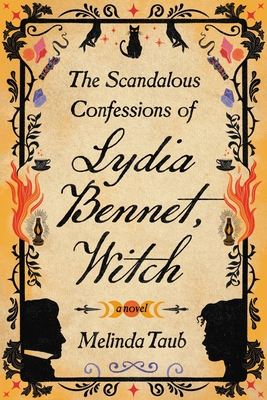 The Scandalous Confessions of Lydia Bennet, Witch by
The Scandalous Confessions of Lydia Bennet, Witch by 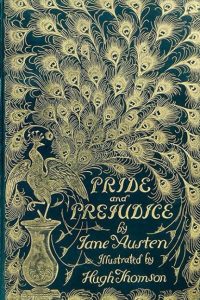 Escape Rating B: This wants to be Lydia Bennet’s redemption story. Or rather, the way it’s written, as Lydia’s confessional to an initially unnamed party, Lydia thinks it’s her redemption story when it’s actually not. It IS a confession, of sorts, but it’s a self-justification story. It’s her long-winded explanation of everything that happened and why it happened the way it did. It’s her attempt to win forgiveness. A forgiveness she only proves herself deserving of when she DOESN’T send the damn thing.
Escape Rating B: This wants to be Lydia Bennet’s redemption story. Or rather, the way it’s written, as Lydia’s confessional to an initially unnamed party, Lydia thinks it’s her redemption story when it’s actually not. It IS a confession, of sorts, but it’s a self-justification story. It’s her long-winded explanation of everything that happened and why it happened the way it did. It’s her attempt to win forgiveness. A forgiveness she only proves herself deserving of when she DOESN’T send the damn thing.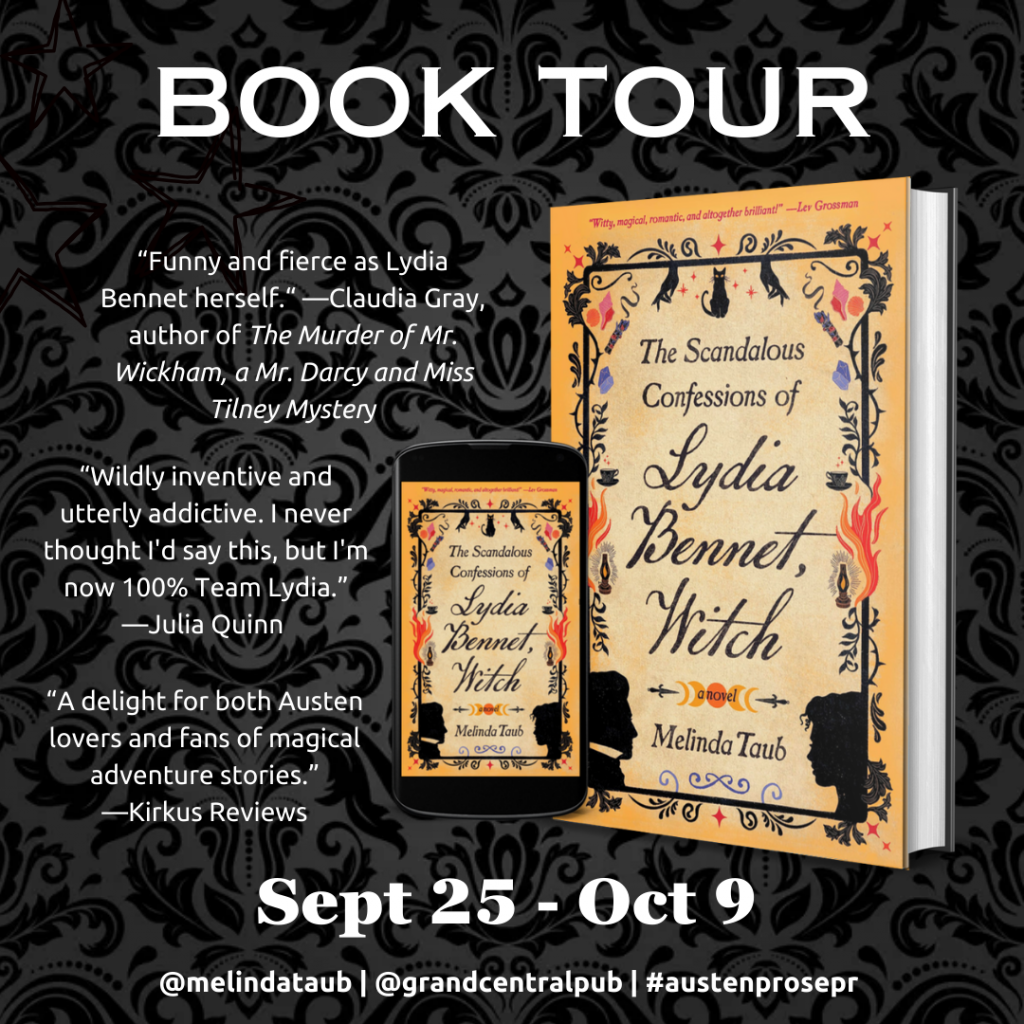
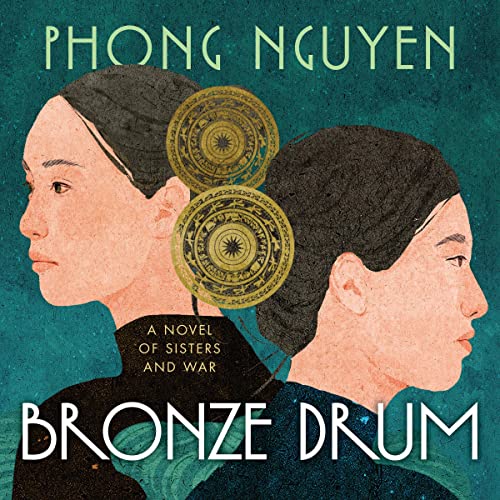 Bronze Drum: A Novel of Sisters and War by
Bronze Drum: A Novel of Sisters and War by 
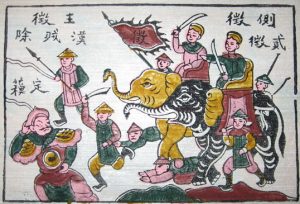
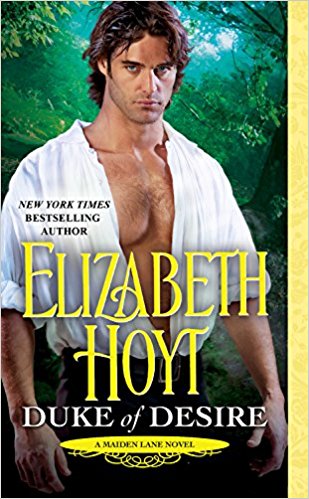 Duke of Desire (Maiden Lane, #12) by
Duke of Desire (Maiden Lane, #12) by  But when the Lords kidnap Lady Iris Jordan in the mistaken belief that she is the new wife of their enemy the Duke of Kyle. (His story is told in last year’s
But when the Lords kidnap Lady Iris Jordan in the mistaken belief that she is the new wife of their enemy the Duke of Kyle. (His story is told in last year’s 
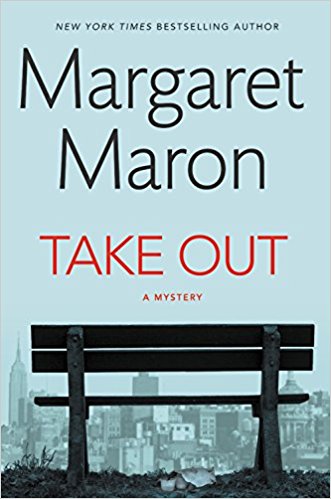 Take Out by
Take Out by 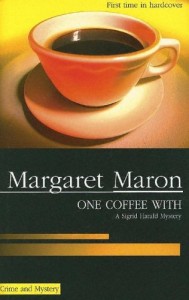 Also a distinct difference. I read all of the Sigrid Harald series, starting with
Also a distinct difference. I read all of the Sigrid Harald series, starting with 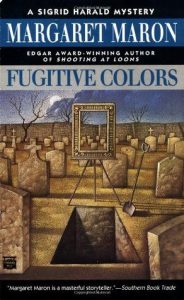 At the same time, it’s been a LONG time since Fugitive Colors was published in 1995, the same year that Naked in Death (the first Eve Dallas book) was published. And as fascinating as the mystery in Take Out is, it also felt as if there was a definite strain in the story as the author needed to catch up new readers (and remind old ones) of just who all these characters were and why they mattered to Sigrid. Those explanations were both utterly necessary and took away from the rising tension of the mystery.
At the same time, it’s been a LONG time since Fugitive Colors was published in 1995, the same year that Naked in Death (the first Eve Dallas book) was published. And as fascinating as the mystery in Take Out is, it also felt as if there was a definite strain in the story as the author needed to catch up new readers (and remind old ones) of just who all these characters were and why they mattered to Sigrid. Those explanations were both utterly necessary and took away from the rising tension of the mystery.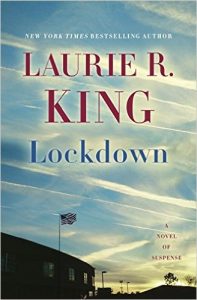 After my review of
After my review of 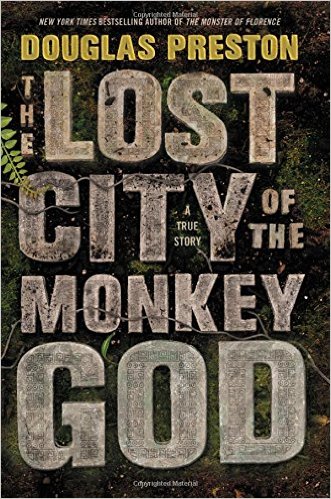 The Lost City of the Monkey God: A True Story by
The Lost City of the Monkey God: A True Story by 
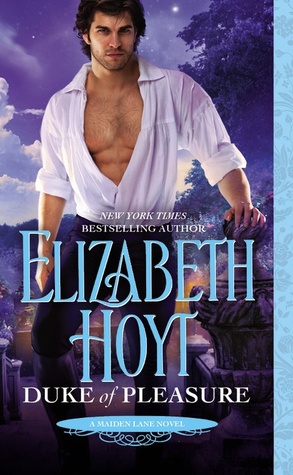 Duke of Pleasure (Maiden Lane, #11) by
Duke of Pleasure (Maiden Lane, #11) by 